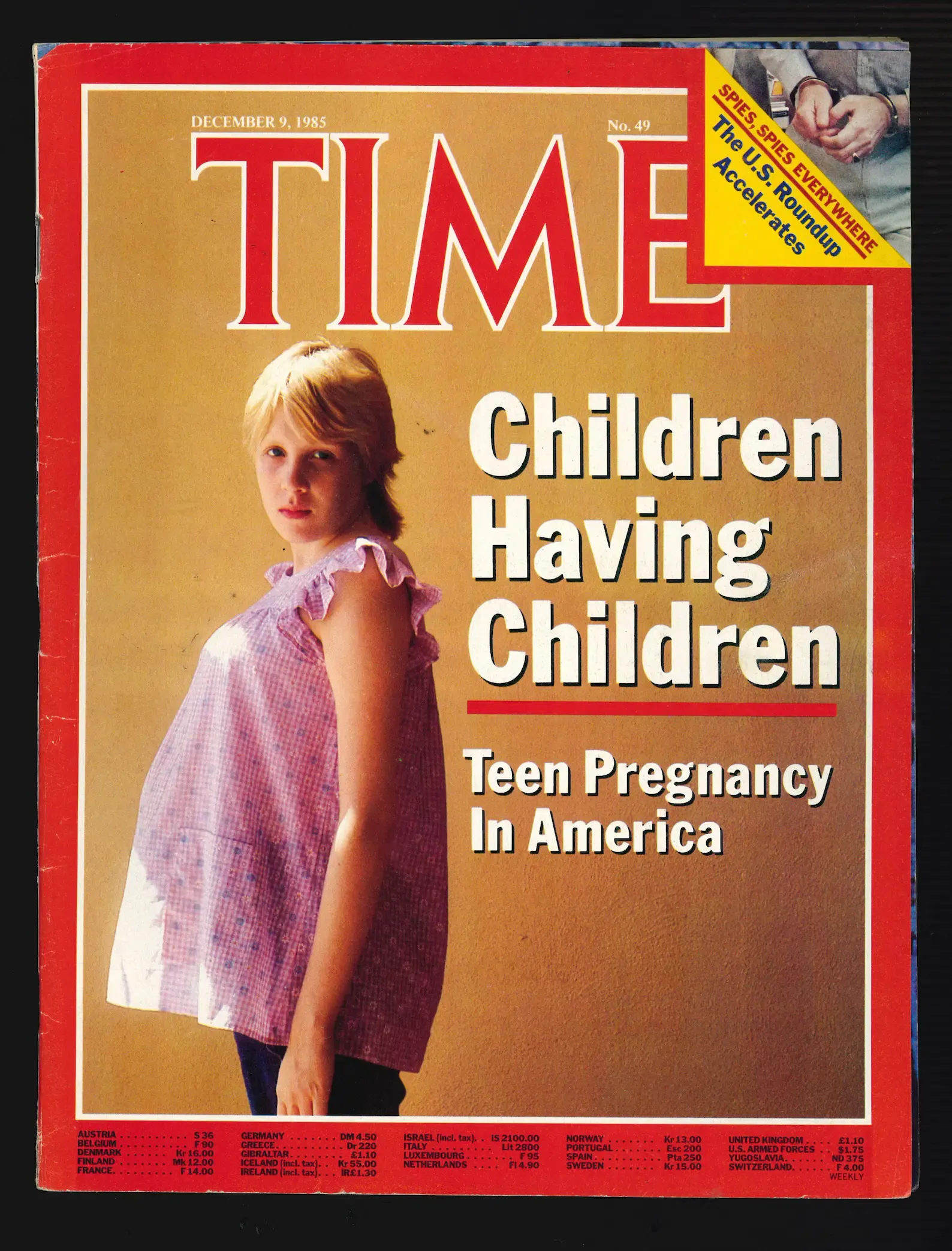The New York Times posted a story this week entitled The Top 25 Most Influential Magazine Covers of All Time. Admittedly, as is always the case with subjective 'best of' lists', it has a strong editorial framing and there are omissions. While magazine covers aren't as central as they used to be, they still carry cultural weight.
Like any research, I tend to look to the methodology before reading the findings and the panel defining what 'influential' is is an interesting one. I'm not sure I need to hear from space tourist Gayle King again in my lifetime, but the rest of the panel are infinitely more credible. I know I'm being ungenerous, but it was a ridiculous spectacle.
I've always loved graphic design and photography. Magazine covers typically combine the two, sitting at the intersection of art, psychology and narrative. The compression of meaning synthesised in one frame. Personally, great covers all have one thing in common - emotional resonance. The best covers are also aware of their context and place in time - either on the newsstand, in contrast to competitive publications and as cultural commentators. They also speak of the courage of the magazine editor or publisher in creating a truly creative and arresting cover. Some of the best covers have flown in the face of what might be a safe or obvious solution and reflect a measured interpretation of the cultural zeitgeist.
I think if I was making a list, I'd include the following:
Time Magazine - 11/September 2001. Canadian photographer Lyle Owerko's image is the synthesis of all that happened that day. For a magazine like Time, the choice of images would have been substantial, and sometimes, a neutral and sobering act of witness is all that is needed. Even the masthead is symbolically staged behind the all encompassing horror of that image. It remains one of the most iconic images of that moment in history and sits with Thomas Hoepker's image which required the distance that only time can bring to reflect on.
I absolutely agree with the list's inclusion of Art Spiegelman and Francoise Mouly's art direction for the New Yorker on Sept. 24, 2001. I think if I was to reduce the list to the greatest of all time, I believe I would choose the New Yorker cover. It is conceptually perfect as well as being both symbolic and sombre. It is tasteful and impeccably judged.
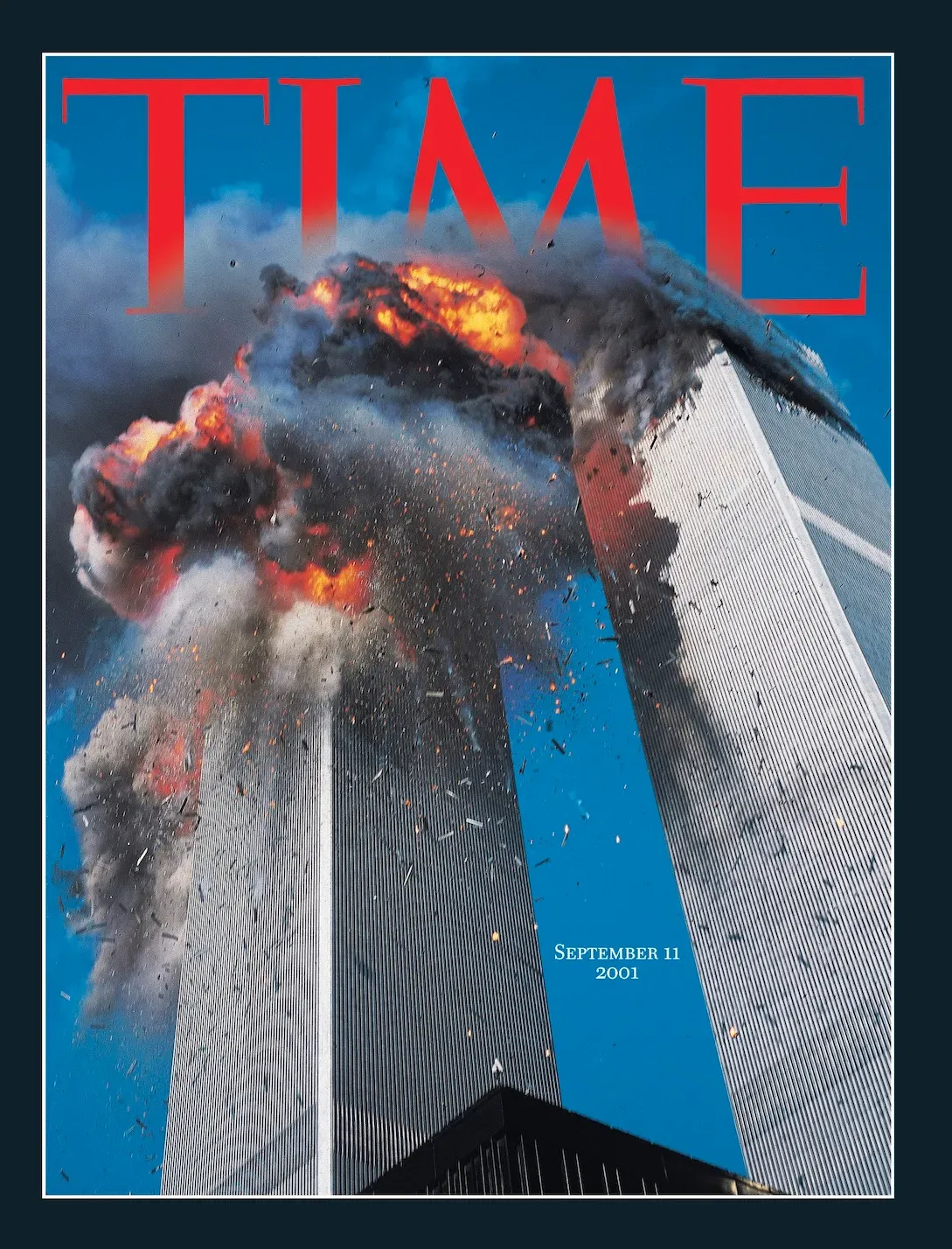
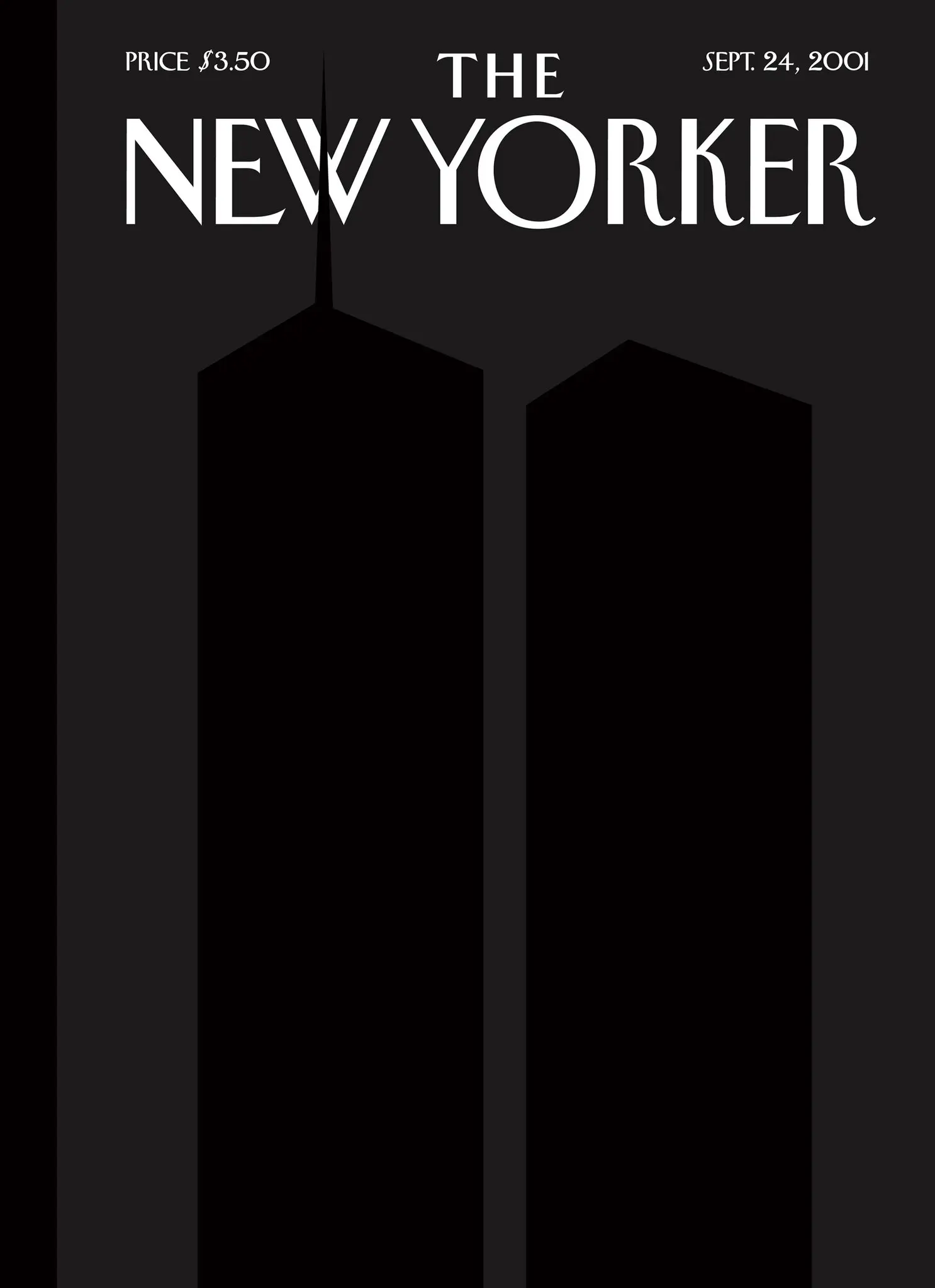
Demi Moore, shot by Annie Leibovitz on the 1991 cover of Vanity Fair created widespread controversy. It polarised opinion for challenging societal taboos and for the depiction of pregnancy and nudity. It feels relatively innocuous by today's cultural perceptions, but it drew substantial media commentary. Interestingly, Moore was five years younger in the photograph than the daughter she was carrying is today.
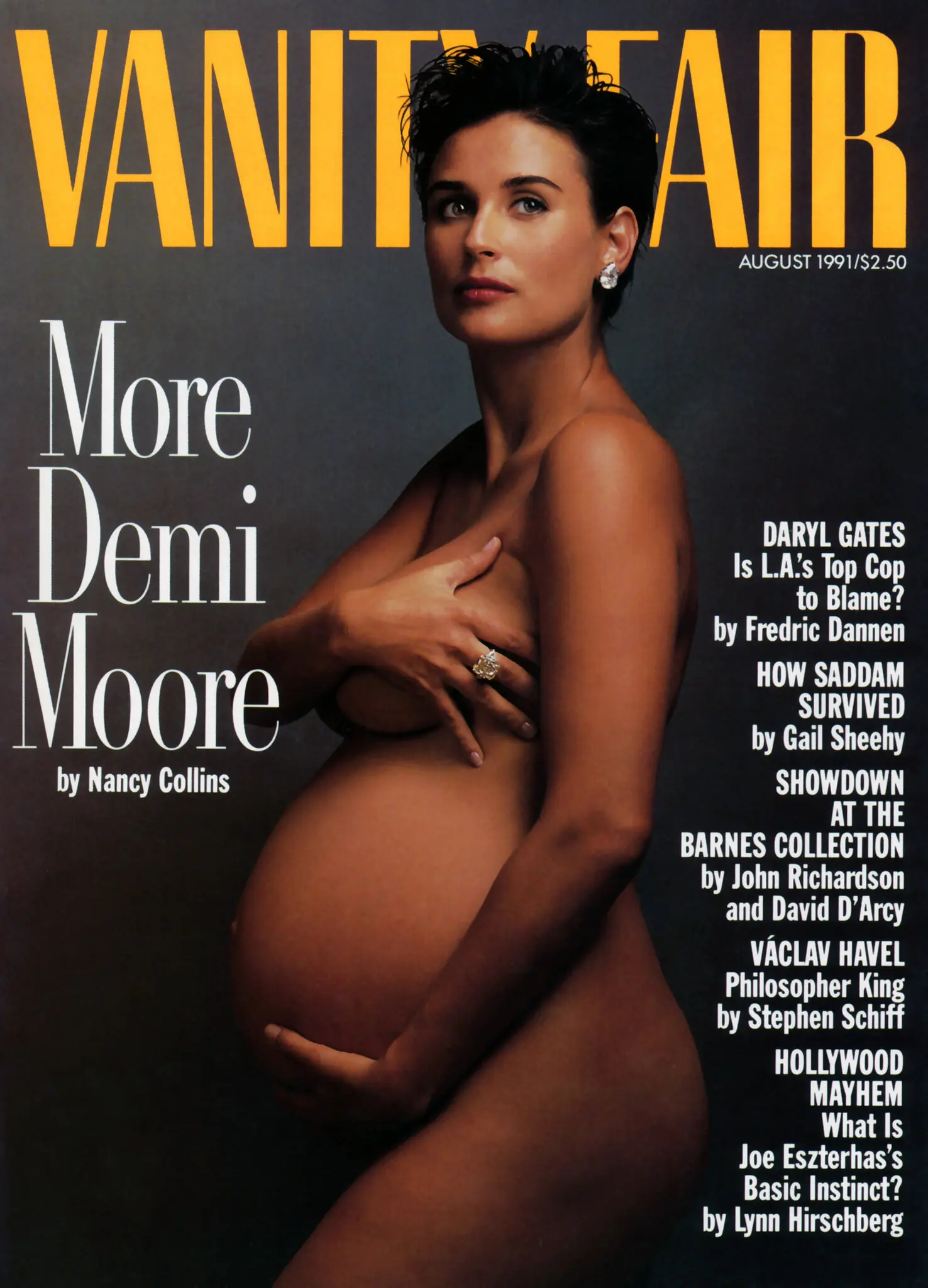
The Mexican artist Jorge Gamboa first created the National Geographic photo illustration in 2017 for a group show at a Mexican college; later that year, it won a prize at a Bolivian design biennial. While it would be easy to choose a more iconic image like Steve McCurry's Afghan Girl, the plastic bag is conceptually stronger and more nuanced.
In 2018, when Gamboa’s “Iceberg Plástico” was published, the magazine reported that 18 billion pounds of plastic were entering the world’s oceans per year. Today, the global conservancy group Oceana estimates that figure to be 33 billion.
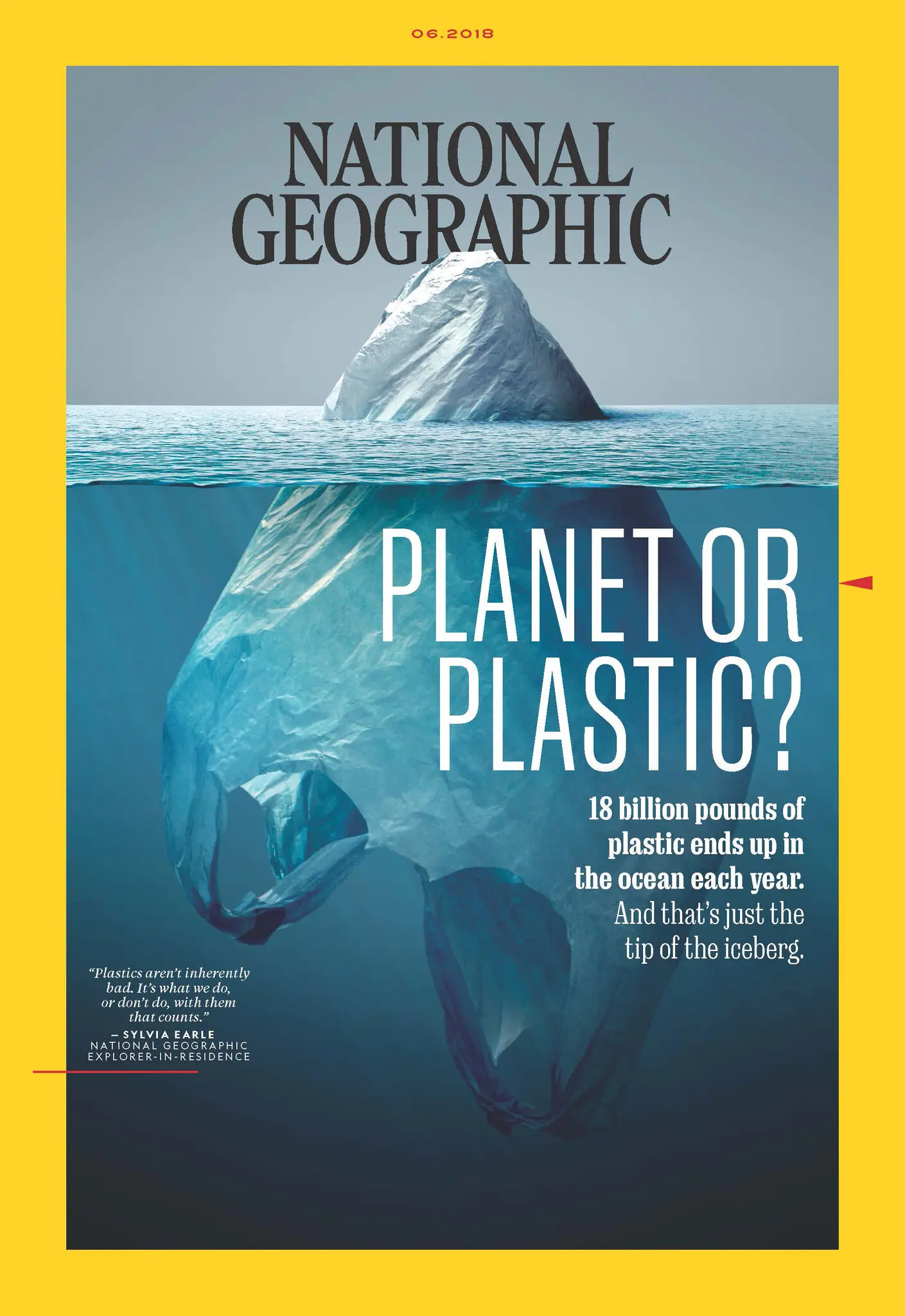
Vogue's 1990 cover shot by Peter Lindbergh has stood the test of time as an iconic image of the supermodel and portent of the dominating influence this group of women had on fashion. The British Vogue cover featured a tableau of the original single-moniker models: Linda, Naomi, Cindy, Tatjana and Christy. I felt sure Kate Moss was on the cover too but she debuted on the cover of The Face in July 1990 as shot by Corinne Day. Day also shot her first Vogue cover some three years later.
George Michael saw it and cast each of the models in his Freedom! ‘90 music video, which in turn inspired Gianni Versace to send them down the catwalk lip-syncing to that very song. It's a superficial if not vapid cover but it still stands out with the shallow depth of field and barbie pink masthead.
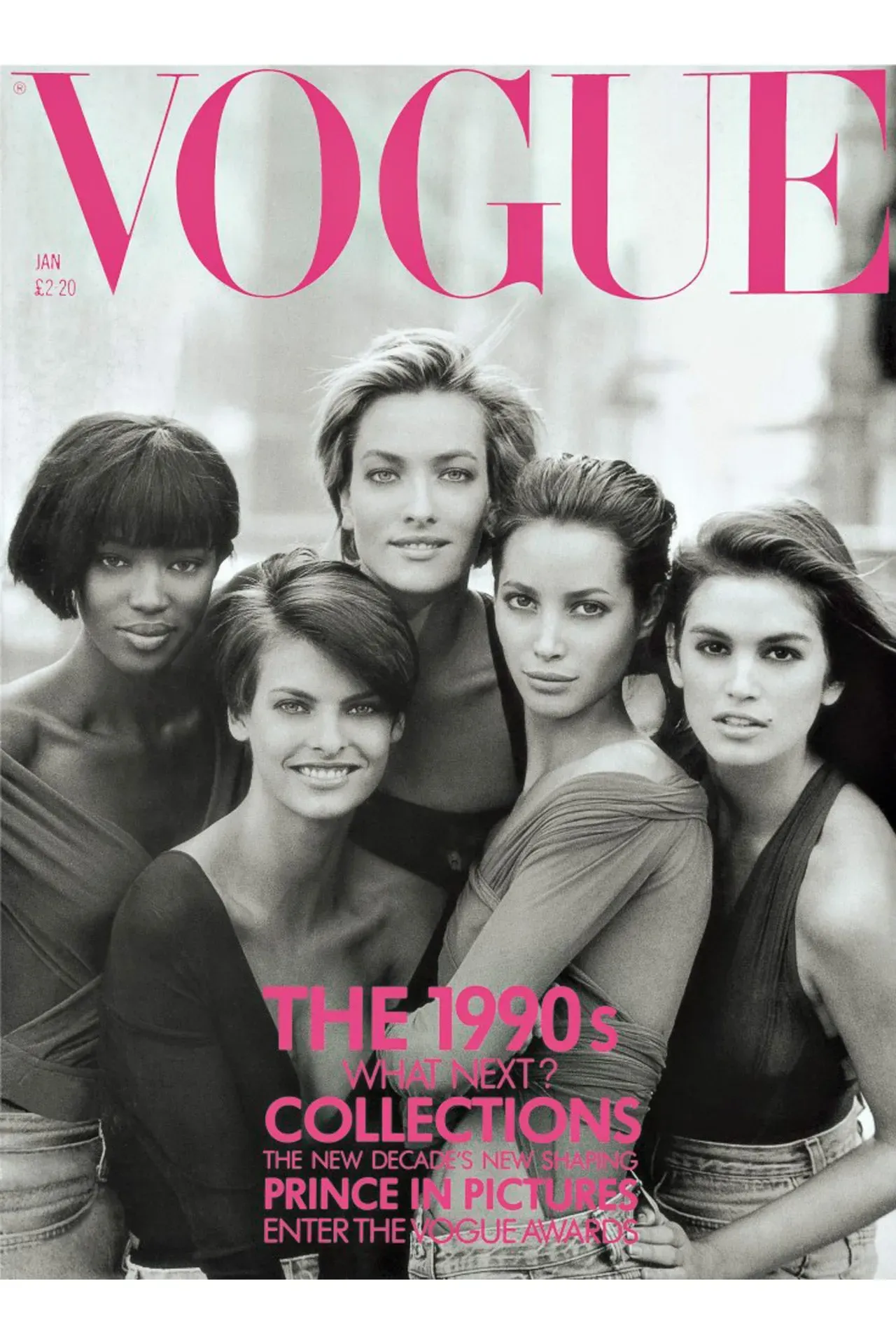
A cover that left a formative impression on me was Time's December 1985 image supporting the article 'Children Having Children'. I was a child at the time, not even 10 but it was an arresting image of a girl, not much older than me, bearing a child. The photograph was taken by Duane Michels and the construction of the image is layered. The gaze. The pink check gingham top underlining girlish innocence. The fall of light drawing focus. Disregarding the politics and complexity of the social issue it represented, it was a confronting image that humanised a social statistic. I have often wondered if it was entirely constructed but to give license to do so would undermine reader trust.
